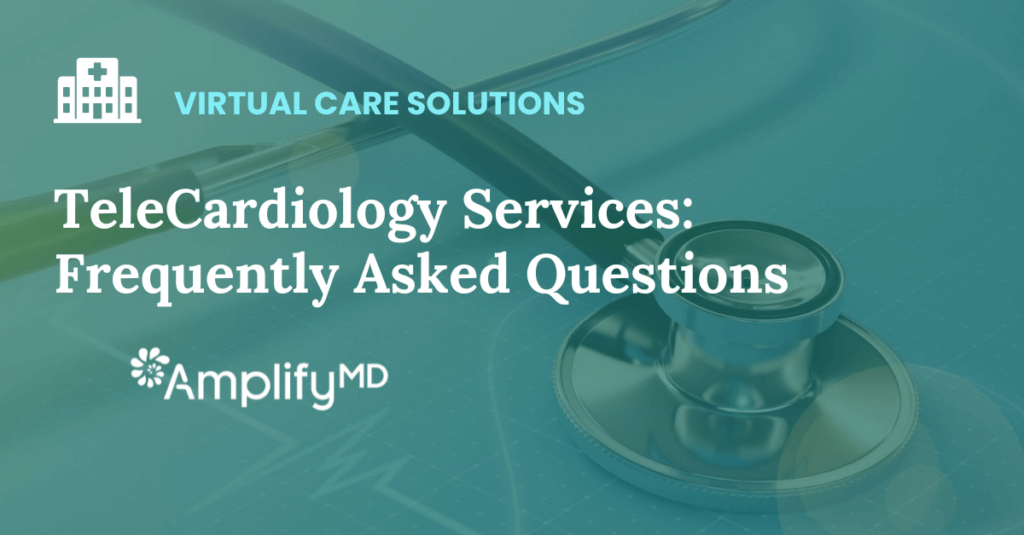Rural and underserved areas across the U.S. grapple with a chronic shortage of healthcare professionals, particularly specialists like vascular neurologists. Because the majority of specialist physicians choose to live and work in urban areas or near larger medical institutions, these communities are underserved in terms of access to specialized care for life-threatening conditions such as stroke.
According to the Centers for Disease Prevention and Control (CDC), every 40 seconds, someone in the United States has a stroke, and every 3 minutes and 14 seconds, someone dies from a stroke.
Ischemic strokes account for 87% of all strokes and occur when blood clots, plaque, or other particles block the blood vessels to the brain, cutting off the blood supply and killing brain cells. Hemorrhagic strokes, which make up 13% of stroke cases, occur when a blood vessel ruptures within the brain, causing blood to accumulate and damage the surrounding brain tissue.
Whether ischemic or hemorrhagic, when it comes to stroke, “time is brain.” The faster a patient can be diagnosed and treated, the better their chance of experiencing a full recovery. Hemorrhagic strokes generally require surgical intervention. Ischemic strokes, on the other hand, when diagnosed quickly, can generally be treated by a clot-dissolving drug called tPA, which is administered by IV. The sooner a neurologist can assess the patient, review brain images, and make an appropriate diagnosis, the faster a patient can access the appropriate treatment, with better odds for a positive outcome.
How TeleStroke Programs Help
TeleStroke programs connect healthcare professionals at hospitals without vascular neurologists on-site with stroke specialists who use video conferencing, real-time communication, and digital imaging to remotely assess and prescribe the appropriate course of treatment to patients suspected of having a stroke. TeleStroke programs positively impact both the patient and the healthcare system in multiple ways, including:
Instantaneous Access to Expertise
TeleStroke programs are the key to expediting diagnosis and treatment initiation in rural and other underserved settings. TeleStroke programs give the hospital emergency department staff immediate virtual access to a stroke specialist, ensuring patients receive timely, evidence-based care.
Reduce Transfer Needs
In many instances, TeleStroke consultations result in the initiation of tPA treatment at the local hospital, eliminating the need for an immediate patient transfer to a distant facility. This saves crucial time (and brain for the patient), reduces stress for the patient and their family, provides revenue for the local hospital, and eases the burden on tertiary care centers, ensuring they can focus on the most critical cases.
Education and Support
TeleStroke programs often include educational components, offering training, mentorship, and ongoing support to local healthcare providers. This educational aspect helps to upskill rural healthcare professionals, empowering them to handle stroke cases more confidently and efficiently.
More Equitable Care
Implementing TeleStroke programs also bridges the gap in healthcare disparities between urban and rural/underserved populations. By providing equitable access to timely stroke care, regardless of geographic location, these programs minimize the discrepancy in health outcomes for patients in different communities.
Better Clinical Outcomes
A national study conducted by Harvard Medical School in 2021 and published in JAMA demonstrated that patients who received stroke care at hospitals offering TeleStroke services fared far better and were more likely to survive strokes than patients who received care at facilities without a TeleStroke program.
By embracing TeleStroke programs, hospitals enhance their capacity to deliver timely and effective stroke care, significantly bolster their reputation as centers of excellence in stroke treatment, and provide better clinical outcomes for patients who experience a stroke in their local communities.











